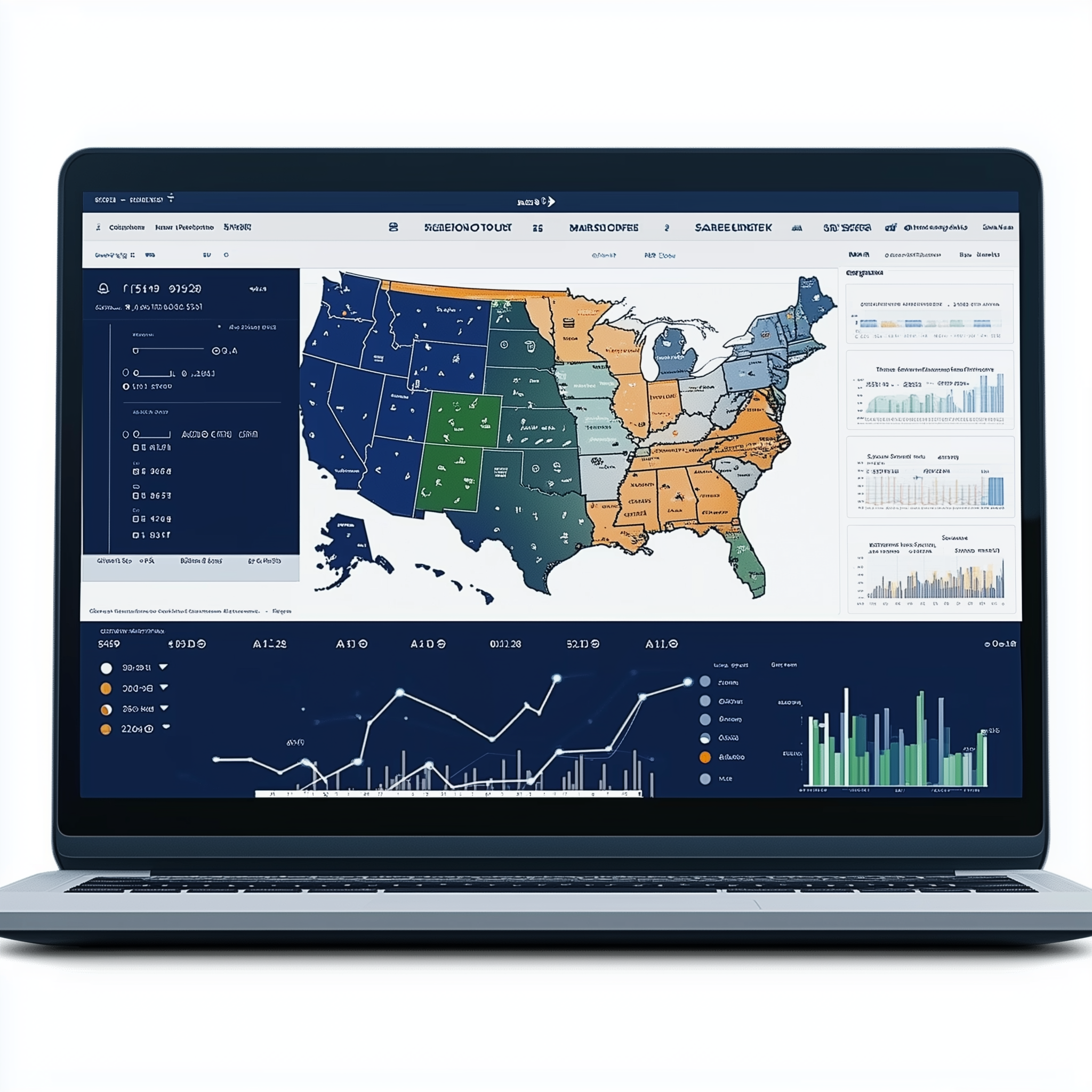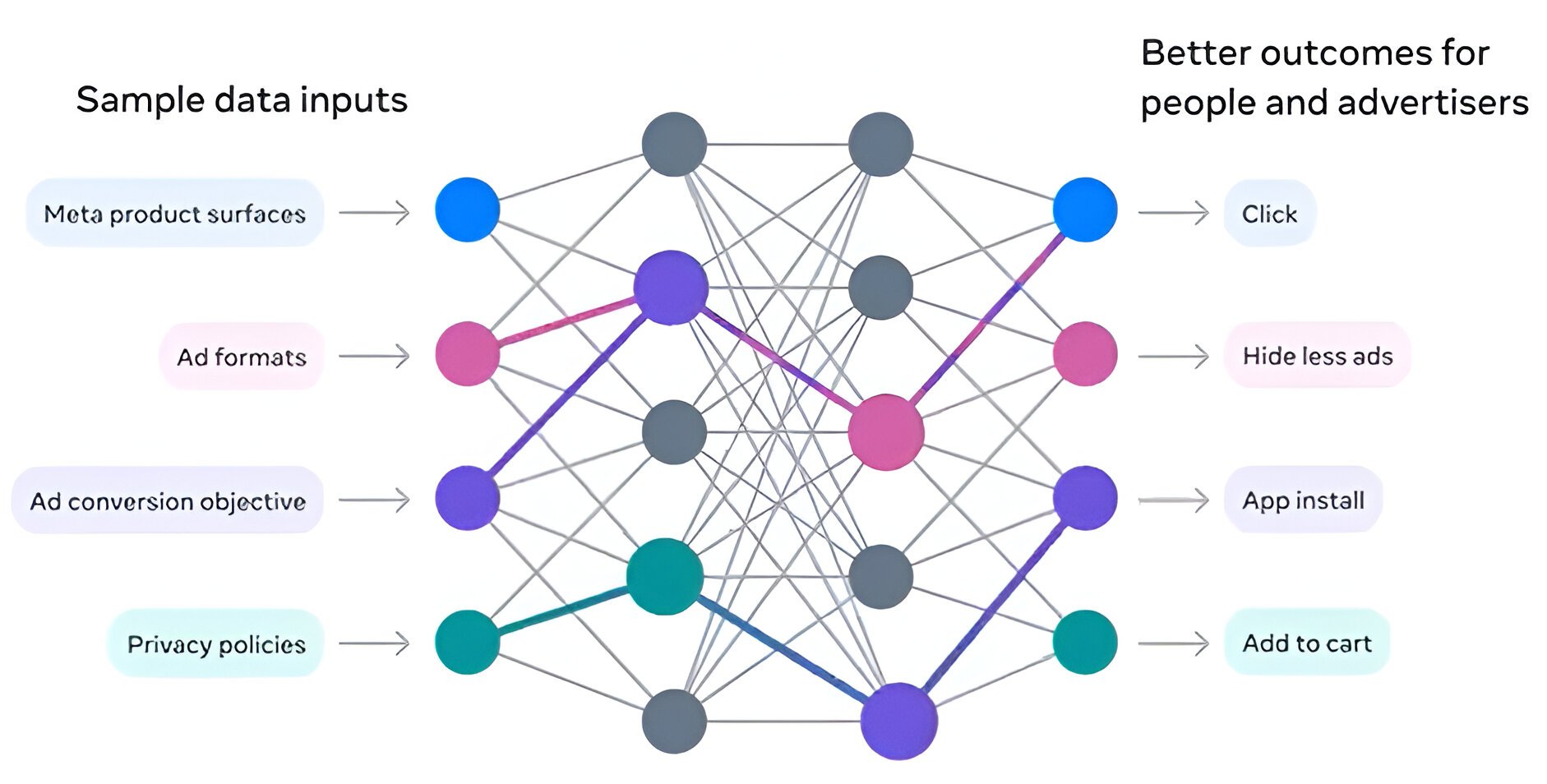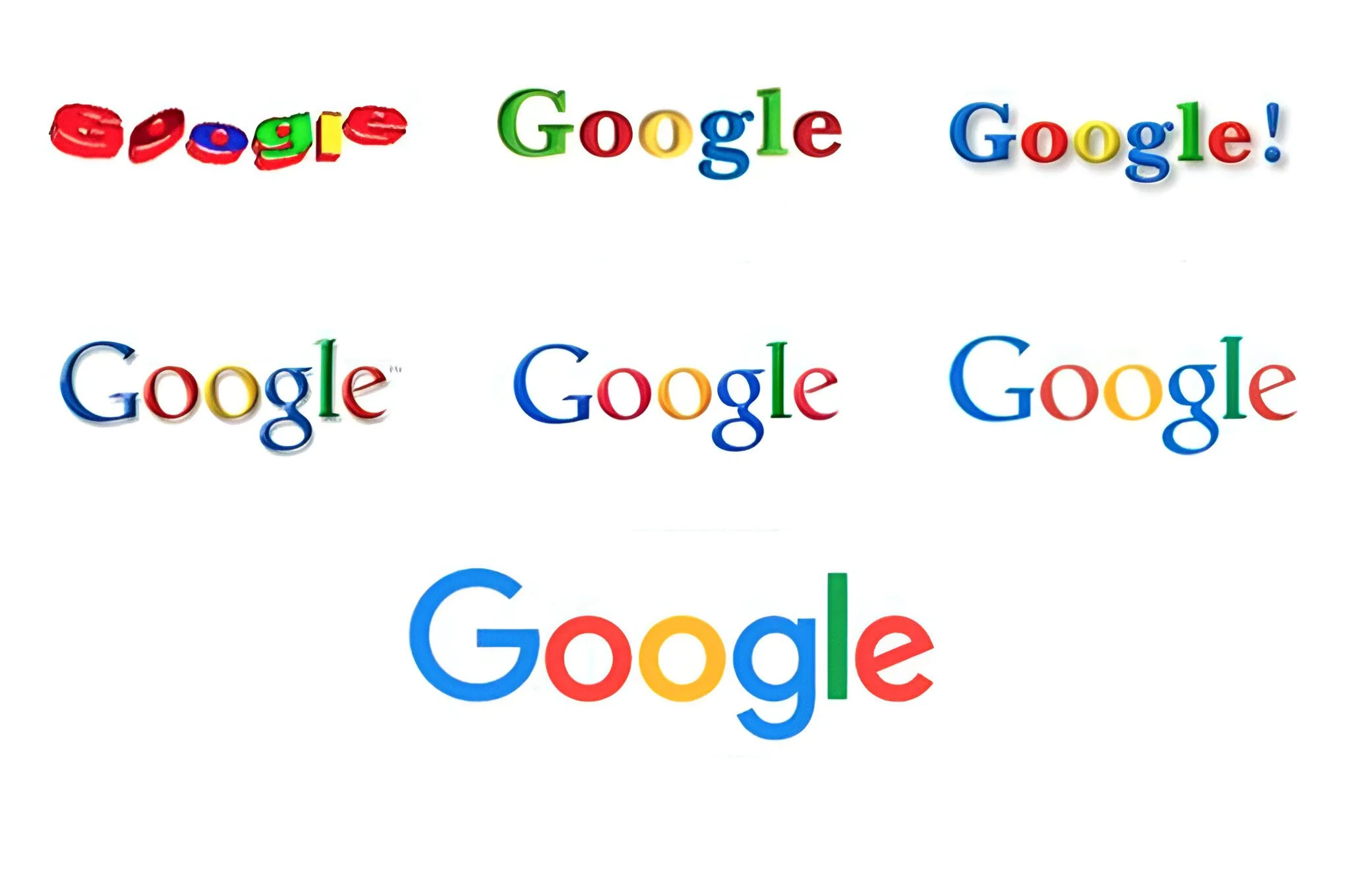Scaling TikTok profitably isn’t about spending more—it’s about scaling smart. In this post, we share a practical framework for growing your GMV (Gross Merchandise Value) while keeping ROI above 3x. You’ll learn how to start lean to gather data fast, apply the 25% scaling rule to maintain algorithm stability, and set realistic profitability targets that factor in discounts and affiliate costs. Plus, we’ll cover how to keep creative velocity high with a steady flow of new content and manage post-sale “hangovers” through strategic downscaling. Follow this method to turn TikTok into a consistent profit engine.
From Hook to Hold: How to Keep Attention in the First 3 Seconds of an Ad
Learn why the first three seconds of your ad are critical for grabbing attention and preventing viewers from scrolling past. This blog post breaks down how top-performing digital ads hook audiences instantly—using motion, contrast, tension, and relief, rather than branding or lengthy intros. See real examples from sunglasses and luggage brands that win attention with strong visual storytelling, not just scripts. Perfect for brands and marketers seeking to boost ad performance on TikTok, Meta, and more.
Scaling Smart: When and How to Increase Ad Spend
The Future of Lifestyle and Product Photography in the Age of AI
Introduction: A New Visual Era
AI photo generation is evolving at lightning speed—what once took a full production team can now be created with a few prompts. So, where does this leave photographers, editors, stylists, and content creators?
The Rise of AI-Generated Photography
Today's AI tools like ChatGPT-4o, Midjourney, DALL·E, and Stability AI are transforming the visual landscape with capabilities that seemed impossible just months ago:
Creating hyper-realistic content:
Lifelike lifestyle scenes
Stylized product layouts
Branded environments with customizable lighting, angles, and models
Enabling brands to experiment with:
Complete product catalogs generated by AI
Model-less fashion shoots
Instant seasonal content (imagine creating winter scenes in summer)
Will Photographers and Editors Be Replaced?
Not entirely—here's why:
Photographers will still thrive in areas like:
Real-time event photography (weddings, sports, live shows)
Authentic brand storytelling
High-end editorial shoots where realism and personality are non-negotiable
Editors and retouchers may shift roles to:
AI prompt engineers
Creative directors for AI outputs
Hybrid photo compositors blending AI and real imagery
Real vs. AI: Can Platforms Even Tell?
Currently:
Platforms like Instagram, TikTok, and ad networks don't fully differentiate AI from real images
Metadata (EXIF) is often stripped, and AI-generated images can be indistinguishable from high-res photography
But coming soon:
Watermarking or tagging requirements for AI-generated visuals
Detection tools powered by AI to flag synthetic media
Viewer fatigue or backlash if brands overuse clearly fake content
Will the Market Prefer Real Over AI?
Expect a split:
E-commerce product pages
AI Likely to Dominate: ✅ Fast, scalable, editable
Real Photography Still Key: ⛔ Less cost-effective
Social lifestyle content
AI Likely to Dominate: ✅ Seasonal, trendy shoots
Real Photography Still Key: ✅ Human touch preferred
Luxury branding
AI Likely to Dominate: ⛔ Risk of inauthenticity
Real Photography Still Key: ✅ Authenticity is critical
Influencer partnerships
AI Likely to Dominate: ⛔ Limited realism
Real Photography Still Key: ✅ People trust people
Content Strategy: What Brands Should Do
Blend both worlds with intention:
Use AI for:
Quick mockups or A/B tests
Background replacements
Concept storyboarding
Use real photography for:
Customer testimonials
UGC (user-generated content)
PR and press-worthy campaigns
Conclusion: Human Creativity Isn't Going Anywhere
AI is a new creative tool, not a total replacement. While it will reshape budgets, timelines, and who presses the shutter, the need for human vision, taste, and storytelling will only grow more important in a visually saturated world.
"I'm excited for the future of AI! Being able to enhance my creative work, streamline production, and increase overall efficiency is definitely something I look forward to. I mostly use AI now to help with pre-production scripts and post-production copy. It's especially helpful when you're not a copywriter! I look forward to seeing all the advances AI will continue to make."
– Sydnee at Sum Digital
"I have a love-hate relationship with AI. As a creative professional, I've gradually integrated it into my workflow—and at this point, it's like a collaborative work buddy that still needs quite a bit of handholding... maybe a bit of micromanaging. These days it's still easy to spot AI-generated content, and most outputs require a fair amount of refinement before they're even close to client-ready. One thing I've noticed is that there's a clear difference in the results when a creative uses AI versus when someone less creatively inclined does. So… for now, I'm not too worried about AI coming for my job—though it's definitely changing how I approach it."
– Isabell at Sum Digital
Ditch Performance Max for Better Google Ads Results
Standard Search and Shopping campaigns outperform Google’s opaque Performance Max (PMax) by offering transparency and control. Unlike PMax, which boosts Google’s Display Network sales at advertisers’ expense, Standard campaigns allow precise brand and non-brand segmentation. With tailored bidding—higher ROAS for brand searches and CPC caps—advertisers cut costs and boost revenue, a strategy endorsed by expert Brad Geddes.
Know Your Crowd: Deep Buyer Insights, Delivered Fast!
We built a fun AI tool that crafts detailed buyer personas in just two minutes, digging into over 50 psychographic, demographic, and behavioral data points from your website and real-time X insights. Simply enter your URL, name, and email to receive a shareable doc, then unleash its potential by uploading it to ChatGPT to ask your personas questions like, “What would win you over?” Powered by Typeform, Claude, Grok, GPT-4o, and more, this tool saves time and uncovers hidden customer insights—try it today and transform your marketing strategy!
Measuring Incremental Revenue from Google and Meta Ads: A Comprehensive Guide
Why Creative Diversity Is Essential for Meta Ads
🎉 Celebrating 10 Years of Sum Digital!
Ten years ago, Terry Whalen and I took the leap and started Sum Digital. We had a vision, deep expertise in media buying, and a passion for helping e-commerce brands grow—but let me tell you, building an agency is a whole different ball game. It's challenging, but the rewards have far exceeded our expectations.
Understanding Meta's Ads Algorithm
As someone deeply involved in digital advertising, I've seen firsthand how crucial it is to understand Meta's ads algorithm. Whether you're running campaigns for e-commerce, services, or any other industry, grasping how Facebook and Instagram decide which ads to show can make or break your campaigns. Let's break it down in simple terms.
The Basics: How Meta Chooses Ads
At its core, Meta's ad system is like a super-smart matchmaker. It's constantly trying to pair the right ad with the right person at the right time. But how does it make these decisions? It boils down to three main factors:
1. Advertiser Bid
2. Estimated Action Rates
3. Ad Quality and Relevance
Think of it as a contest where these three factors compete. The ads that perform best across all three are the ones that get shown.
Machine Learning: The Secret Sauce
Here's where it gets interesting. Meta uses advanced machine learning to predict how likely a person is to take the action you want (like making a purchase or signing up for a service).
This system looks at tons of data points - past behaviors, interests, and even how people similar to your target audience have interacted with ads. But don't worry, it's not looking at individual user info. Instead, it's finding patterns in behavior to make smart guesses about who might be interested in your ad.
What This Means for Advertisers
As advertisers, we need to play to these strengths. Here's how:
1. Quality is King: Create ads that people actually want to see. The algorithm rewards engaging, relevant content.
2. Know Your Audience: The better we understand our target audience, the more effectively we can set up our targeting.
3. Test, Test, Test: Meta's system learns from performance. Running A/B tests helps the algorithm (and us) figure out what works best.
4. Embrace the Algorithm: Instead of fighting the system, work with it. Use tools like Advantage+ campaigns to let Meta's AI find the best audience for your ads.
5. Stay Up-to-Date: Meta's constantly updating its systems. What worked for your campaign last month might not be the best approach this month.
The Future is AI-Powered
Meta recently introduced a new AI architecture called Meta Lattice. It's designed to make ad delivery even smarter and more efficient. For advertisers, this means potentially better performance across different ad placements (think Feed vs. Stories vs. Reels) and possibly more bang for your advertising buck.
Meta Lattice: A model architecture that’s greater than the sum of its parts (source: Meta)
What About Privacy?
With all this talk of data and machine learning, you might be wondering about privacy. Here's the good news: Meta emphasizes that they don't share personally identifiable information with advertisers. They're trying to walk the line between relevant ads and user privacy.
The Bottom Line
Understanding Meta's ad algorithm isn't just about technical know-how. It's about creating strategies that work with the system, not against it. As we continue to run campaigns across various industries, keeping these principles in mind will help us stay ahead of the game.
Remember, the goal is to create win-win-win situations: ads that users find relevant and engaging, that deliver results for businesses, and that make efficient use of ad spend. By aligning our strategies with how Meta's algorithm works, we're setting ourselves up for success.
What are your thoughts on Meta's ad algorithm? Have you noticed any strategies working particularly well lately? Let's discuss in the comments!
Is Google Evil?
Using Buyer Personas to Unlock Scale
What I Learned at the Meta Performance Summit (And Why It Matters for You)
Last week, I had the privilege of attending the Meta Performance Summit, an exclusive event for top digital advertising agencies. The summit brought together industry leaders to share the latest trends, strategies, and best practices for driving ecommerce growth through Meta's advertising platforms. Here are some of the key insights I gathered:
High-quality data is critical. As the saying goes, "better input equals better output." By leveraging diverse creative assets and leaning into automation, advertisers can iterate quickly to optimize performance.
AI is transforming advertising. One speaker declared that "AI is the death of targeting" - meaning manual audience targeting is becoming less effective compared to letting AI algorithms find the right users. The focus should be on compelling creative that the AI can learn from.
Reels are the top priority on Meta platforms right now. Short-form video, entertaining content tailored specifically for Reels is essential. Grab attention quickly with hooks that highlight pain points.
Advantage+ Shopping Campaigns (ASC) allow advertisers to optimize for value by factoring in the value of each conversion, not just volume. Use value-based bidding and dynamic scheduling to maximize return on ad spend.
Build creative muscle in-house with a consistent feedback loop on what's working. Influencer partnerships can provide diverse, authentic content. Meta's AI tools like the Instagram Creator Marketplace can help find the right creators for your brand.
Incremental conversion tests, in partnership with measurement providers like Northbeam, help quantify the true impact of campaigns like Google Ads Brand on incremental growth. Make sure to feed new customer data back into Meta for optimization.
Creative trends are evolving quickly. In 2022, creative was the key growth driver. In 2023, creative has become the new targeting. By 2024, generative AI will allow brands to create at the speed of culture. Tools like Meta's AI ideation tool can help.
As digital marketers, maintaining a holistic, full-funnel approach and staying on the cutting edge of these trends will be critical for driving profitable ecommerce growth. I'm excited to put these insights into practice for our clients at Sum Digital. If any of these strategies resonated with you, let's connect to discuss how we can level up your brand's ad creative and supercharge growth.
Navigating Meta Ads Manager for Dummies
5 Premiere Pro Tips I Wish I Knew Sooner
In the age of mobile-first short form video it is key to know how to quickly convey important information through video editing. Unfortunately, Premiere Pro is tricky and not very user friendly. I have often found myself saying "I know what I want to do, I just don't know where to look" while looking at the myriad of menus. Here are 5 Premiere Pro tips and tricks that I wish I knew sooner in my career.
How to Create Compelling Stories for Advertisements
In the ever-evolving landscape of advertising, one thing remains constant: the power of storytelling. Whether it's a thirty-second commercial or a series of social media posts, storytelling has the ability to captivate audiences, evoke emotions, and leave a lasting impression. In this blog post, we'll explore the art of storytelling in advertising and provide practical tips on how to create compelling narratives that resonate with your audience!
Case Study: Kindred Bravely
In 2018, Kindred Bravely found themselves at a crossroads. They needed to get to their paid channels program to the next level. Sum Digital was brought in to help KB scale their paid channels program effectively and efficiently, leveraging years of experience in media buying and creative optimization.
4 Ways to Optimize TikTok Ads with No Minimum Investment
Do you want to optimize your paid TikTok strategy but don't know where to start? Sure, TopFeed ads get you all of the exposure, but that requires a hefty budget. No need to fear, we will tell you how our conversion-based campaign structure led to solid results in 2023. Plus, these top 4 buckets are available to everyone, no allowlisting or large investments necessary.





















